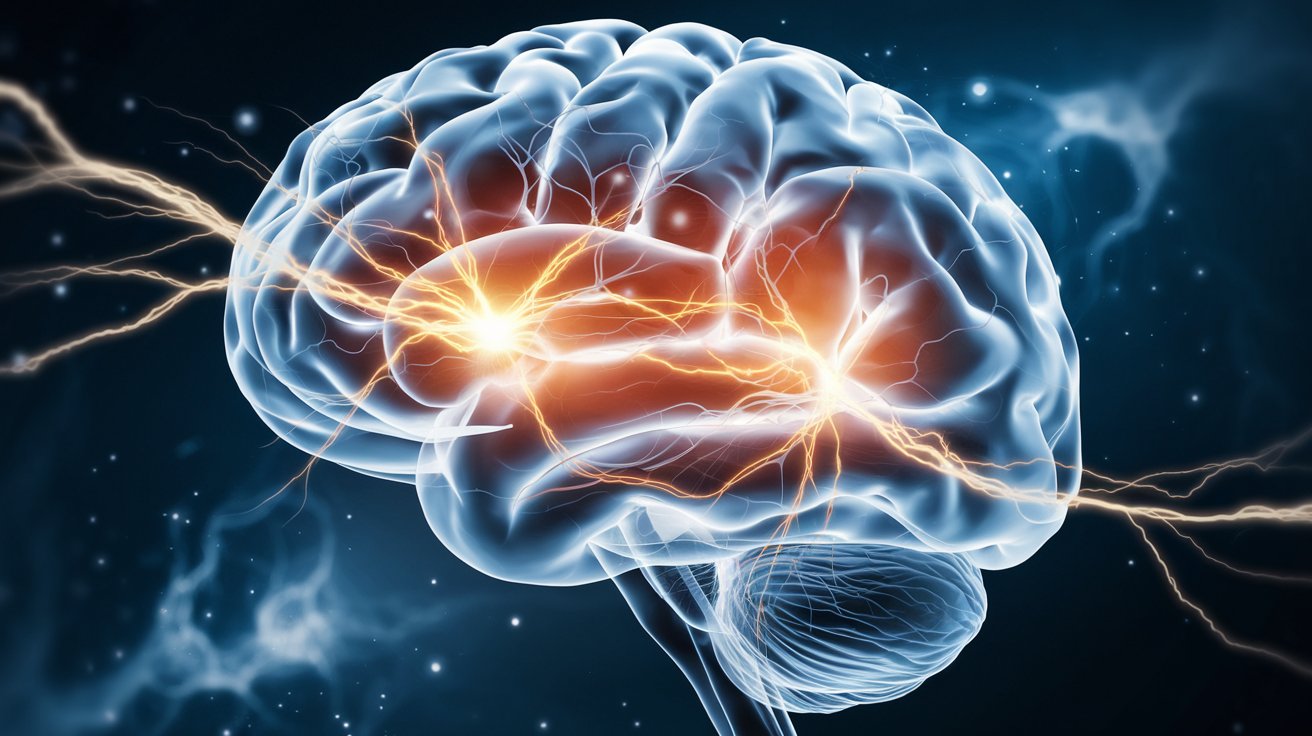
Neuroplasticity Explained: Rewire Your Brain for Mental Strength
Have you ever wondered how your brain can adapt and change throughout your life? The key to unlocking your brain's potential lies in understanding neuroplasticity.
Neuroplasticity is your brain's ability to reorganize itself by forming new neural connections throughout life. It means you can always create new paths. This ability is necessary for learning, personal growth, and building mental resilience. It's not just about recovering from brain injuries; it’s about shaping your mind to adapt and thrive in the face of life’s challenges.
The Science Behind Neuroplasticity
Your brain consists of billions of neurons, which are the cells responsible for processing and transmitting information. These neurons communicate with each other through connections called synapses. When you learn something new or have a novel experience, your neurons form new connections or strengthen existing ones. This process is called synaptic plasticity. The more you repeat an action or thought, the stronger these neural pathways become – it's like creating a well-worn path in your brain.
Why Neuroplasticity Matters
Neuroplasticity impacts four main areas of functioning:
- Adaptability: Neuroplasticity allows your brain to adapt to new situations and challenges.
- Learning and Memory: When you have new experiences and form new neural connections, you’re able to learn new skills and retain information.
- Overcoming Negative Patterns: Neuroplasticity empowers you to change negative thought patterns and behaviors.
- Recovery and Healing: Neuroplasticity plays a role in recovery from brain injuries and managing mental health conditions.
Practical Strategies to Harness Neuroplasticity
- Learn New Skills: Challenging your brain with new activities stimulates the formation of new neural connections.
- Metacognition and Mindfulness: "Thinking about thinking," is a powerful tool for enhancing neuroplasticity. It involves becoming aware of your thought processes and learning to regulate them effectively.
- Engage in Brain-Boosting Activities: Engage in activities that challenge your brain, such as puzzles, strategy games, or brain-training apps.
Neuroplasticity and Emotional Resilience
Neuroplasticity is closely linked to emotional resilience, which is your ability to adapt to stress and bounce back from adversity. By harnessing neuroplasticity and creating new neural pathways, you can develop better control over your emotional responses.
Understanding neuroplasticity empowers you to take an active role in shaping your brain and, by extension, your mental strength and resilience. Every thought, action, and experience has the potential to rewire your brain. By engaging in activities that promote neuroplasticity, practicing metacognition, and cultivating a growth mindset, you can build a more resilient, adaptable brain.
Your brain is not fixed – it's a dynamic organ capable of remarkable change. By harnessing the power of neuroplasticity, you can strengthen your mind and build the resilience needed to thrive.


Comments
ARMAND BOUMO KONIA said:
Bonjour, je suis Facilitateur du Mieux-Être et thérapeute je suis votre chaine you tube depuis un moment et j’aime beaucoup votre approche du fonctionnement de l’humain par la neuroscience.
Je voudrais savoir si vous avez des outils spécifique pour traitre les traumas émotionnels, les douleurs chroniques, la peur, le manque d’estime de soi ?
je suis en France et j’aimerais savoir si vos outils peuvent s’adapter à mes clients et est-ce que c’est possible de les avoirs en Français ?
Merci d’avance pour votre réponse et vos conditions
Armand BOUMO KONIA
aboumokoni@gmail.com
Elliott Lyons said:
Excellent and very helpful information….